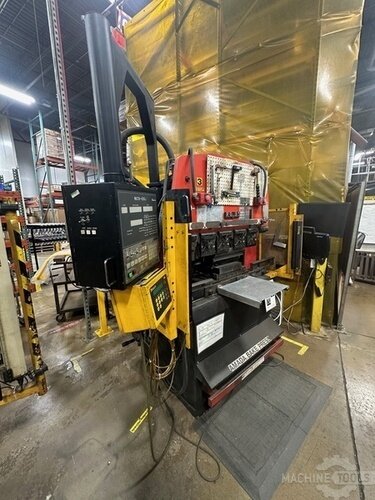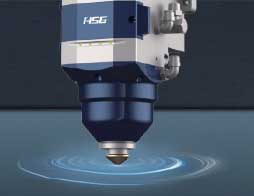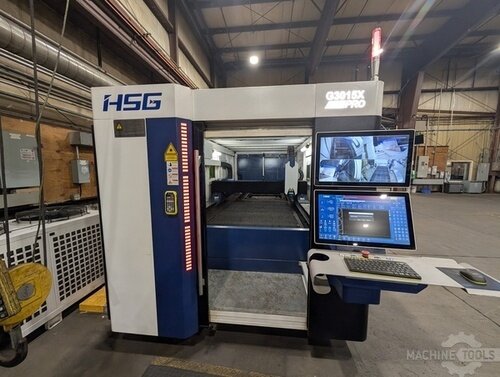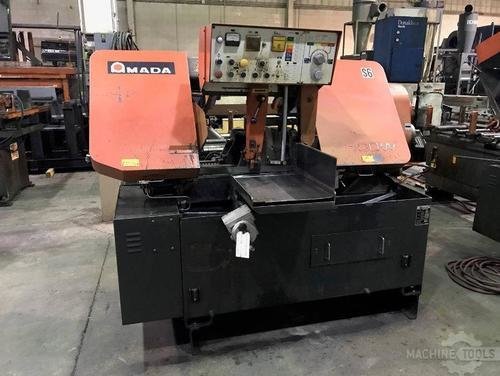Every day, I work alongside fabricators seeking to boost productivity without sacrificing quality. As a Regional Sales Executive at Mac-Tech, I’ve seen firsthand how the right equipment decisions can transform a shop’s throughput, consistency, and bottom line. From high-mix, low-volume job shops to large-scale OEMs, my goal is to help each customer identify solutions that address their unique pain points—whether that means upgrading a press brake, integrating a laser, or optimizing tooling selection for faster, more precise results.
The Fabricator’s Dilemma: Balancing Throughput and Accuracy on the Shop Floor
Most fabrication shops face a constant tug-of-war between the need for speed and the demand for accuracy. Customers expect quick turnarounds, yet even the smallest deviation in bend angle or part dimension can lead to costly rework or scrap. In my experience, the bottleneck often isn’t the press brake itself, but the setup process—specifically, the time and care required to change over tooling and dial in the right parameters for each job.
It’s tempting to focus on machine specs alone when evaluating press brake investments. However, the real-world difference often comes down to how quickly operators can transition from one part run to the next, and how reliably they can hit tight tolerances across a variety of materials and geometries. This is where smart tooling choices can tip the scales, driving both higher throughput and greater consistency.
Press Brake Tooling: The Unsung Hero of Setup Efficiency
Tooling may not be the flashiest aspect of your press brake, but it’s the linchpin of efficient setup and repeatable quality. Traditional tooling systems can require manual alignment, shimming, and significant operator skill to ensure accuracy—especially when switching between complex jobs or working with challenging materials.
Modern precision tooling systems, on the other hand, are engineered for rapid changeover and foolproof alignment. Features like self-seating punches, quick-release clamps, and segmented tooling can reduce setup times from hours to minutes. These upgrades not only minimize downtime but also reduce the risk of human error, ensuring that every bend starts from a foundation of perfect alignment and optimal tool condition.
Real-World ROI: Quantifying the Impact of Precision Tooling Choices
Investing in high-quality tooling is more than a matter of convenience—it’s a direct contributor to your shop’s profitability. I’ve worked with customers who, after upgrading to precision-ground tooling and modular clamping systems, reported measurable reductions in setup labor, scrap rates, and machine idle time. In one case, a Midwest job shop cut average setup times by over 50%, enabling them to take on more jobs per shift without adding headcount.
When you run the numbers, even modest improvements in setup speed and first-pass yield can translate into thousands of dollars in annual savings. More importantly, consistent, accurate bends mean fewer headaches downstream—less rework, smoother assembly, and happier customers. The ROI on tooling upgrades is often faster than many expect, especially in high-mix environments where changeovers are frequent.
Reducing Downtime: Fast-Change Tooling Systems and Operator Productivity
Downtime is the silent profit-killer on any shop floor. Fast-change tooling systems—such as hydraulic or pneumatic clamping, front-loading punches, and click-in dies—empower operators to swap out tools in a fraction of the time required by conventional setups. This not only keeps machines running but also reduces physical strain and training requirements for your team.
I’ve seen shops dramatically improve throughput simply by adopting these systems, allowing less-experienced operators to achieve expert-level results. The ease and speed of changeover encourage more frequent tool maintenance, which in turn extends tool life and preserves bend quality over time. Ultimately, investing in operator-friendly tooling pays dividends in both productivity and morale.
Integrating Laser Systems and Press Brakes for Seamless Workflow
Another game-changer for modern fabrication is the integration of fiber lasers and press brakes into a unified workflow. When laser-cut blanks arrive at the press brake with precise edge quality and tight dimensional accuracy, the demands on your tooling shift. Precision tooling ensures that the quality established at the laser stage isn’t lost during bending, enabling true lights-out manufacturing and automated part handling.
Some advanced press brakes now offer offline programming and simulation, allowing tool setups to be validated before a single part is run. Combined with quick-change tooling, this integration slashes total lead time and eliminates costly trial-and-error adjustments on the shop floor. The result is a seamless, highly repeatable process from cut to bend.
ERMAKSAN POWER-BEND FALCON BENDING MACHING
Material Variability: Tooling Solutions for Consistent Bending Results
Material inconsistencies—such as hardness variation, springback, or surface finish—can wreak havoc on bend quality. The right tooling selection can mitigate these challenges, delivering consistent results even when material batches vary. Precision-ground tooling, hardened surfaces, and specialty dies (like radius or hemming tools) help ensure that every part meets spec, regardless of minor fluctuations in material properties.
For shops working with a wide range of materials, modular tooling systems offer the flexibility to adapt quickly. Swapping in a different punch or die for stainless versus aluminum, for example, takes just moments with fast-change systems. This adaptability is key to maintaining quality and efficiency as job requirements evolve.
Relationship-Driven Equipment Selection: Partnering for Long-Term Success
Choosing the right press brake tooling isn’t just about today’s needs; it’s about building a foundation for future growth. That’s why I believe in a consultative approach—listening to each fabricator’s unique challenges, workflow, and goals before recommending specific solutions. Whether you’re considering a tooling upgrade, a new machine, or a fully integrated cell, having a knowledgeable partner makes all the difference.
At Mac-Tech, our support doesn’t end at the sale. We provide hands-on training, application engineering, and ongoing service to ensure that your investment delivers maximum value over its lifecycle. The best tooling solutions are those that evolve with your business, adapting to new jobs, materials, and technologies as they arise.
Future-Proofing Your Shop: Tooling Innovations That Deliver Lasting Value
The pace of innovation in press brake tooling is accelerating, with new systems designed for automation, monitoring, and even predictive maintenance. Features like RFID tool identification, real-time angle measurement, and digital setup instructions are changing the game—making it easier than ever to maintain high standards of efficiency and quality.
By investing in tooling systems that support automation and data-driven workflows, you’re not just solving today’s challenges—you’re positioning your shop for long-term competitiveness. Future-proofing means choosing equipment and partners that can adapt as your needs change, ensuring that your press brake operation remains an engine of growth for years to come.
FAQ
How much setup time can I save with quick-change tooling versus traditional systems?
Many shops see setup times cut by 50% or more, especially on high-mix, short-run jobs.
Is precision-ground tooling worth the investment for my operation?
Yes—precision-ground tooling delivers more consistent bends, reduces scrap, and pays for itself quickly in reduced rework and downtime.
Can modern tooling systems help less-experienced operators achieve good results?
Absolutely. Fast-change and self-aligning tooling reduce the skill and training required, empowering your whole team to perform at a higher level.
What’s the best tooling for shops that frequently switch between materials?
Modular, segmented tooling systems offer the flexibility to quickly adapt to different material types and thicknesses.
How does tooling selection impact overall press brake ROI?
Smart tooling choices boost throughput, reduce labor and scrap costs, and extend machine life—all of which contribute to a faster ROI.
Will my existing press brake support new tooling systems?
Many modern tooling upgrades can be retrofitted to existing machines, but compatibility depends on your specific press brake model.
Get Weekly Mac-Tech News & Updates







